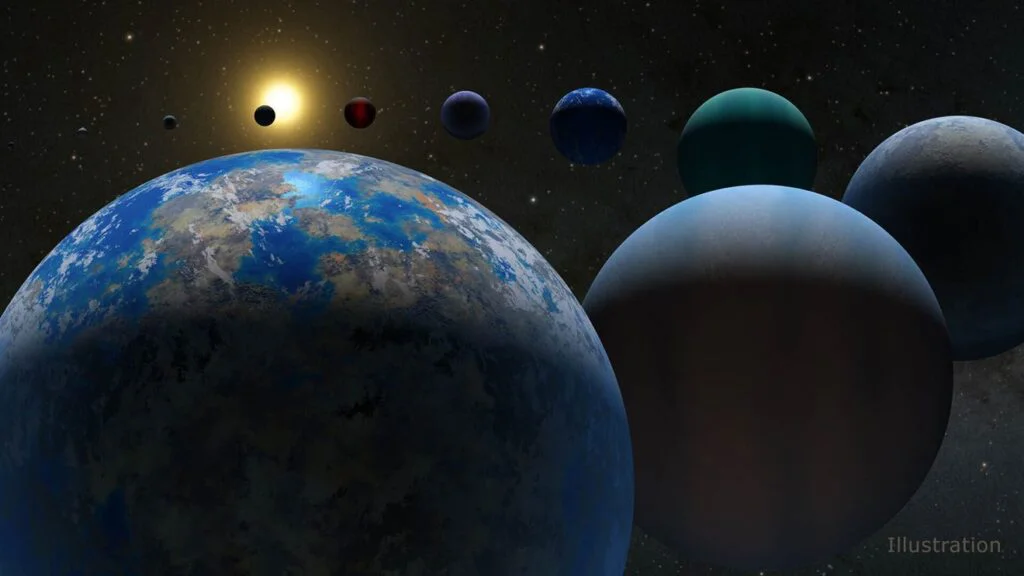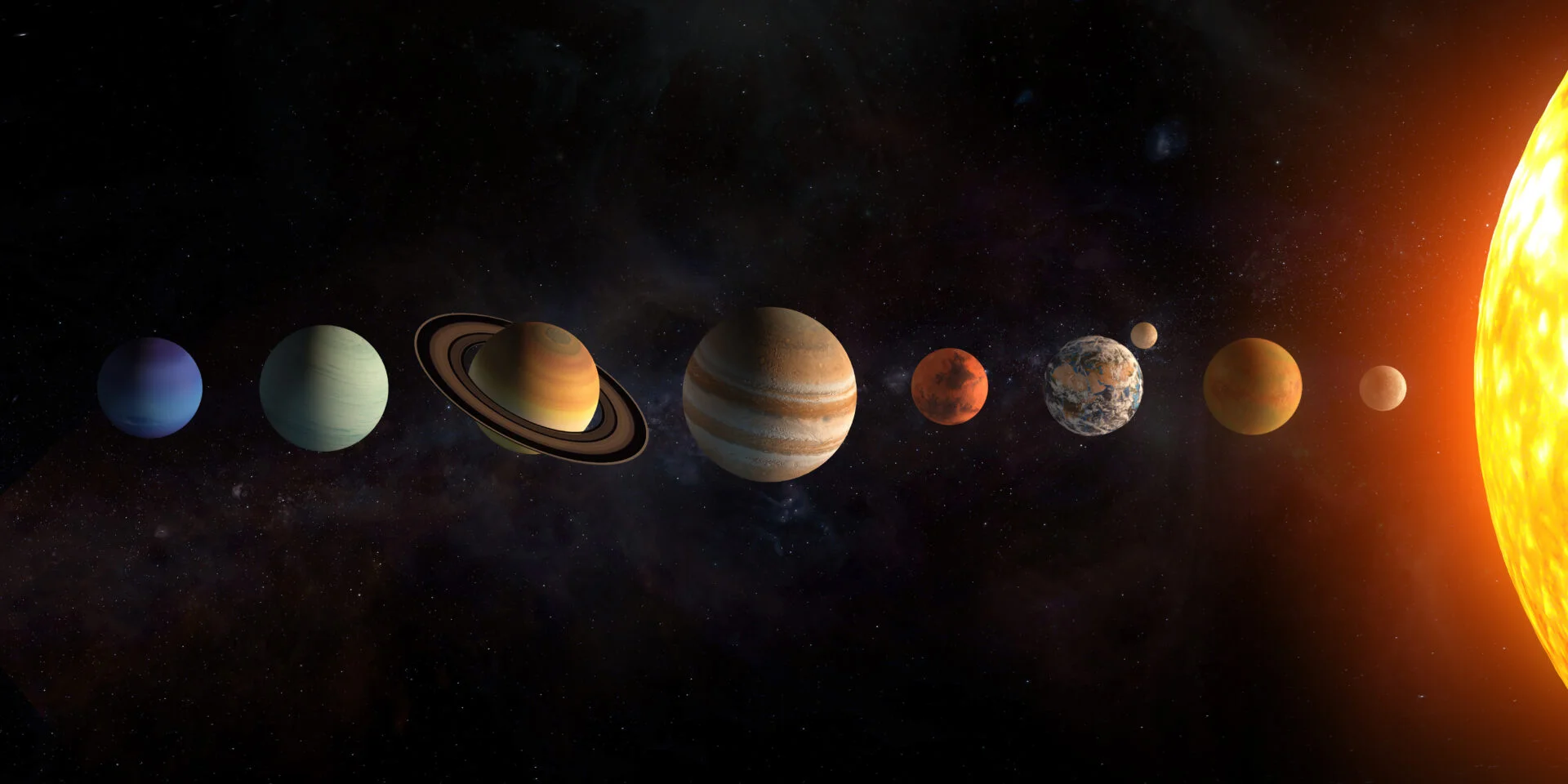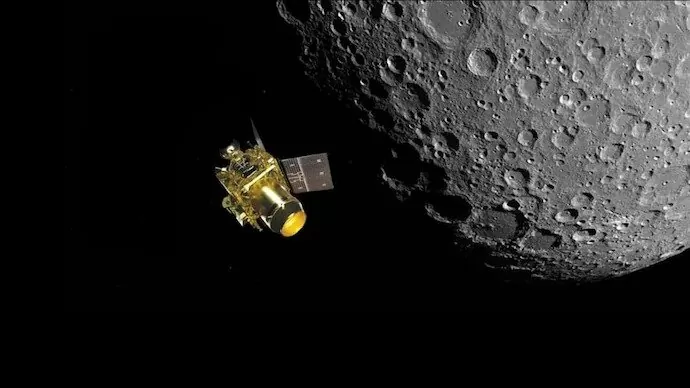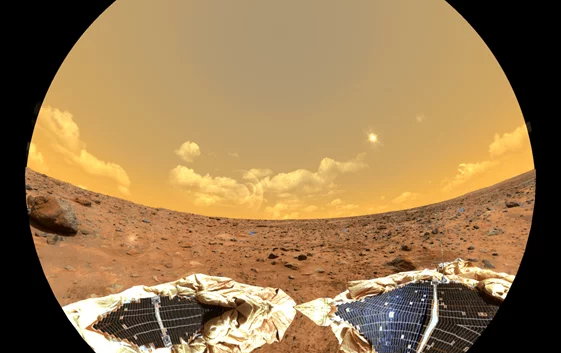Exoplanets
On Our Way To Becoming An Interplanetary Species
Humanity is still not an “interplanetary species” (Elon Musk) but is rapidly discovering new planets to explore and inhabit in the future.
Not so far back, the only planets known to us were the 8 (9 if we count Pluto) within our own Solar system. We were not aware of the existence of any exoplanets (planets that orbit around stars other than the Sun). January 9th 1992 is the date of discovery of the first exoplanet (actually two of them orbiting the pulsar PSR 1257+12).
Since then 30 years have passed. Just recently (March 21, 2022) NASA announced that humanity has just reached the 5000th discovered exoplanet. The number of discovered exoplanets will rush past this number very quickly. Only in 2022, some 106 new planets were confirmed and about twice as many are waiting as “candidates”. Here is a shortlist of the latest discoveries:
Video Credit: NASA Jet Propulsion Laboratory
January 2022 – 5 New Exoplanets
The list of planets increased by five during January. Astronomers used the imaging method to discover the planet b Cen AB b. This means direct observation of the light reflected by the planet’s atmosphere. The planet is in orbit of not one, but two stars. These stars are the most massive ones around the host planets. The remaining four newly discovered planets in January are OGLE-2018-BLG-0383L b, KMT-2021-BLG-0322L b, OGLE-2018-BLG-0532L b, and LTT 1445 A c.
Read Also: Top 10 Things We Can Do On Mars Colony In Future
February 2022 – 27+ New Exoplanets
The month of February 2022 brought in the most exoplanetary discoveries in the year so far. The month started off with the discovery of six new planets. The transit method brought about the discovery of two of them – TOI-1064 b & c. This method measures the brightness of the planet’s star and detects minute fluctuations caused by the passing of the plane. They are a pair of sub-Neptune-sized planets in orbit around their bright K-dwarf star TOI-1064. The remaining four are TOI-2184 b, HD 22532 b, HD 64121 b, and HD 69123 b. You can check out their parameters at the NASA Planetary System Table.
The end of the month brought the discovery of some 19 new planets. 17 of them were discovered using the Transitory Exoplanet Survey Satellite (TESS for short) operated by NASA, whose mission is the discovery of planets by all-sky monitoring. Of these 13 are potentially terrestrial planets. Of them TOI-1860-b is the “Super-Earth” rocky planet, being 2.27 times the mass and 1.31 times the radius of our planet. It takes just 1.1 days to complete a full orbit of its star TOI-1860. It is some 150 light-years away from us.
The new planets are Kepler-1972 b & c, TOI-1268 b, TOI-2337 b, TOI-4329 b, TOI-2669 b, TOI-206 b, TOI-500 b, TOI-544 b, TOI-833 b, TOI-1075 b, TOI-1411 b, TOI-1442 b, TOI-1693 b, TOI-1860 b, TOI-2260 b, TOI-2411 b, TOI-2427 b, and TOI-2445 b.
The end of February 2022 brought us the discovery of the last two planets for the month. These are GJ 3929 b and TOI-1759 b. These discoveries are again possible with the courtesy of the transit method.

Candidate Planets
The discovery of any planet is a process. Each would-be-planet is just a “candidate” upon discovery (to be confirmed as such in the near future). The European Southern Observatory’s Very Large Telescope (ESO’s VLT for short) stationed in Chile discovered one interesting new planet candidate in February. The planet is orbiting Proxima Centauri, which is the closest star to our own Solar system. This star system is just four light-years away from us.
The “candidate” is the third planet in orbit of Proxima Centauri. It is also one of the lightest planets discovered as of yet, having a mass of just a quarter of our Earth’s. The name of this planet is Proxima-d. It is orbiting very near to its sun Proxima Centauri. The distance is just a tenth of the distance between Mercury and our Sun. Sadly this falls between the star and the habitable zone (the Goldilocks Zone which could host liquid water on the surface of the planet). Hence it takes Proxima-d just five days to complete a full orbit of Proxima Centauri.
Proxima-d was discovered with the help of the radial velocity technique. This method measures the “wobble” of the star, caused by the gravitational pull of the orbiting planet.
The remaining other two discovered planets within the Proxima Centauri system are Proxima-b and Proxima-c. Of these Proxima-b is an Earth-size terrestrial planet orbiting within the habitable zone. It takes the planet some 11 days to complete its full orbit. The other planet – Proxima-c is also a candidate planet. It takes five years for it to complete just one orbit of Proxima Centauri.
Read Also: Top 10 Planets Discovered
March 2022 – 74 New Exoplanets And Hitting The 5000 Mark
The new planet discovery confirmations kept pouring in during the month of March. Some of the featured discoveries include the K2-384 system of five small planets in the orbit of an M-dwarf star. The month of March also brought us two new “Super-Earths”. The microlensing method is responsible for the discovery of these planets. This method works by measuring the bending of the light of the background star, caused by the gravitational pull of the orbiting planet.
With the 5000 planet count surpassed, March brought us four more planet discoveries. Of these the most interesting is the newborn (a mere 11 million years ago) TOI-1227 b. The planet is as big as Jupiter. It is orbiting a low-mass star. This is the biggest discovery of this kind.
Running Past 5000 Exoplanets
The discovery of 5000 planets is impressive. However, this number will be history soon. In the past 30 years since the first exoplanet discovery, the search for planets has no less than exploded. New missions were launched. Latest discovery technologies and techniques applied. New methods were created. New instruments were built. The two largest current missions – TESS of NASA and GAIA of ESA are discovering a couple of planets on a daily basis. The upcoming new missions – Roman of NASA and Plato of ESA will undoubtedly bring a landslide of new and exciting alien worlds.
What could be more thrilling than that?
Don’t forget to read more articles here.
Also see : Top 10 Best Pianists of All Time







